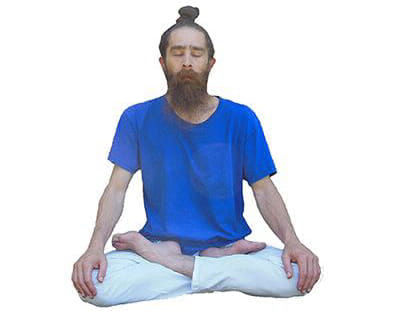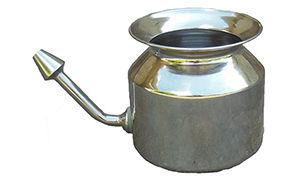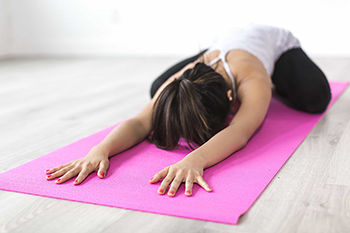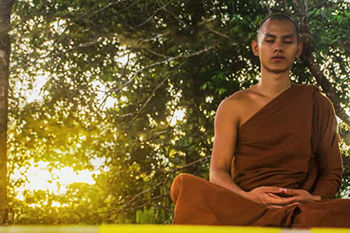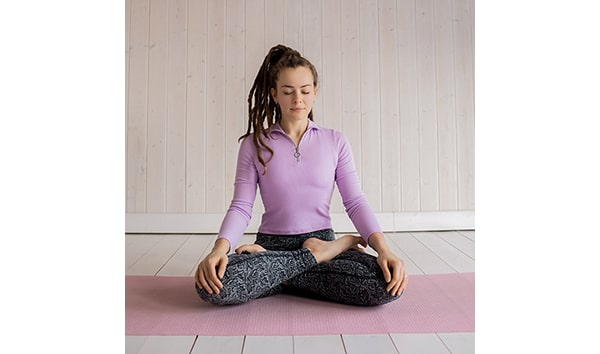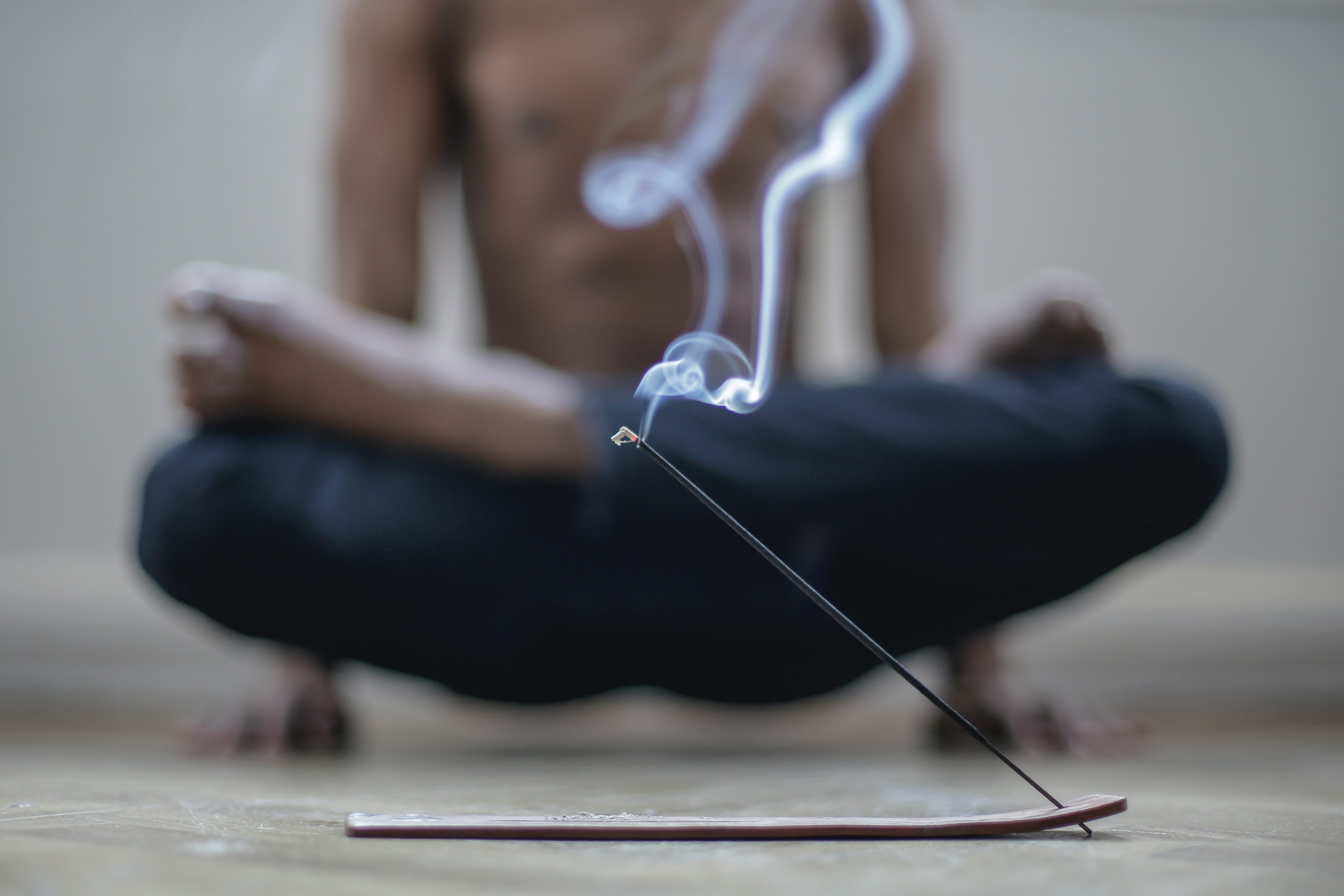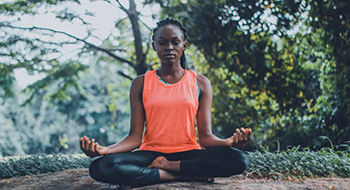Practice
Preform Dandasana or staff pose.
Turn the outside of the right foot down to the mat.
Bend the right knee bringing the right foot towards the groin, grab the right foot with both hands while place the right foot at the crease of the left hip.
Turn the outside of the left foot down to the mat.
Bend the left knee bringing the left foot towards the groin, grab the left foot with both hands while place the left foot at the crease of the right hip.
